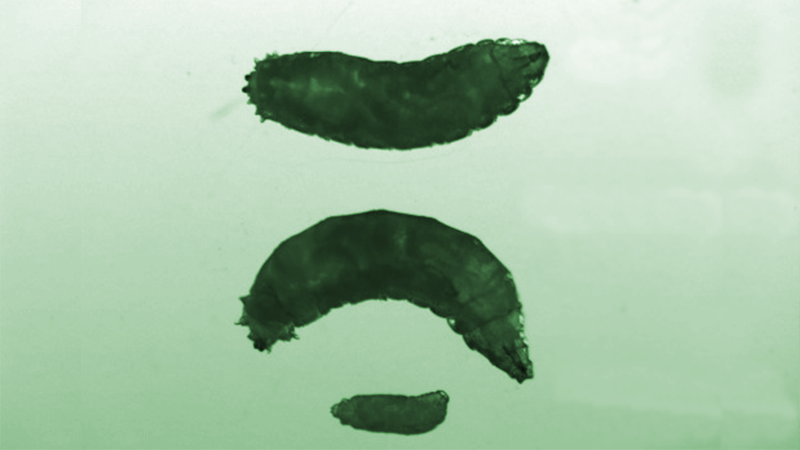
by Tom Hartl | Sep 25, 2014 | Science |
Scientists utilize an array of organisms to gain insight into the mechanisms underlying disease. Among the most commonly used organisms is the fruit fly, Drosophila melanogaster. There are three main reasons that the fly is a terrific organism to study human diseases....
![Niemann-Pick Disease Type C]()
by Jun Axup | Aug 12, 2014 | Science |
The first lysosomal storage disorder Perlstein Lab is focusing on is Niemann-Pick disease, Type C (NPC). We decided to start with NPC not only because it is one of the most well studied lysosomal storage disorders, but also because the gene that is mutated in this...

by Jun Axup | Jul 30, 2014 | Science |
Perlstein Lab is currently located at the QB3@953 biotech incubator in the Dogpatch neighborhood of San Francisco. We occupy two rows of lab benches and utilize a myriad of equipment in the facility. One of the rows of benches is for cultivating the simple model...

by Jun Axup | Jul 15, 2014 | Science |
Lysosomes are small organelles within cells that are responsible for breaking down and recycling cellular material, such as proteins, lipids, sugars – and even entire cellular compartments – that are damaged or worn out. This essential task is carried out...

by Ethan Perlstein | Jun 3, 2014 | Science |
I’d like to take this opportunity to introduce the Perlstein Lab scientists, in their own words. First up is Nina DiPrimio, Employee #1 at Perlstein Lab. I first met Nina last year at local DIY Bio meetups. When I started fundraising for Perlstein Lab earlier...






